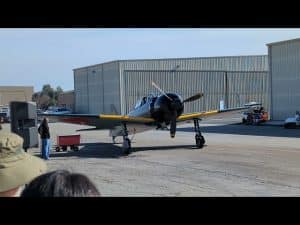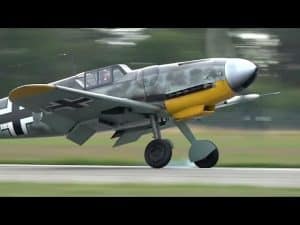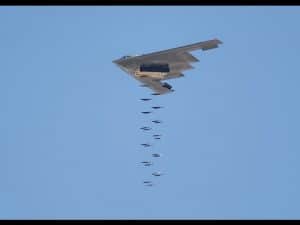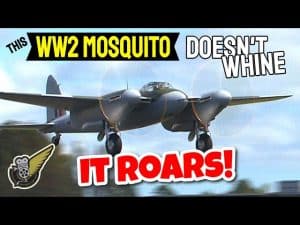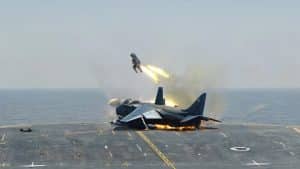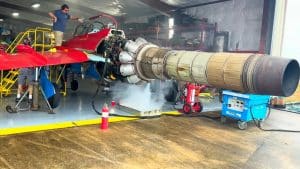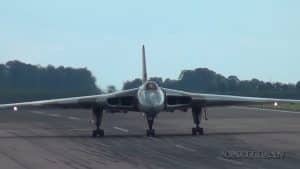Why The B-29 Is History’s Deadliest Bomber
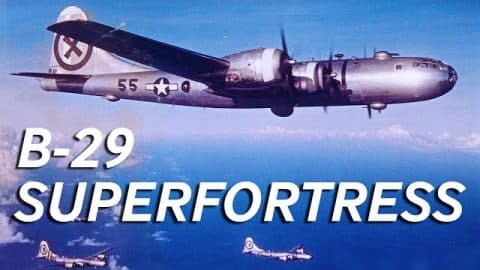
YouTube / Imperial War Museums
The B-29 is no doubt one of the most important and controversial warbirds in aviation history. So why did it become the deadliest bomber in history?
The Superfortress
The B-29 Superfortress is the world’s first superbomber tailored to go faster and higher than any other bomber before it. Considered one of the deadliest bombers in history, it’s the only aircraft to drop a nuclear weapon in combat.
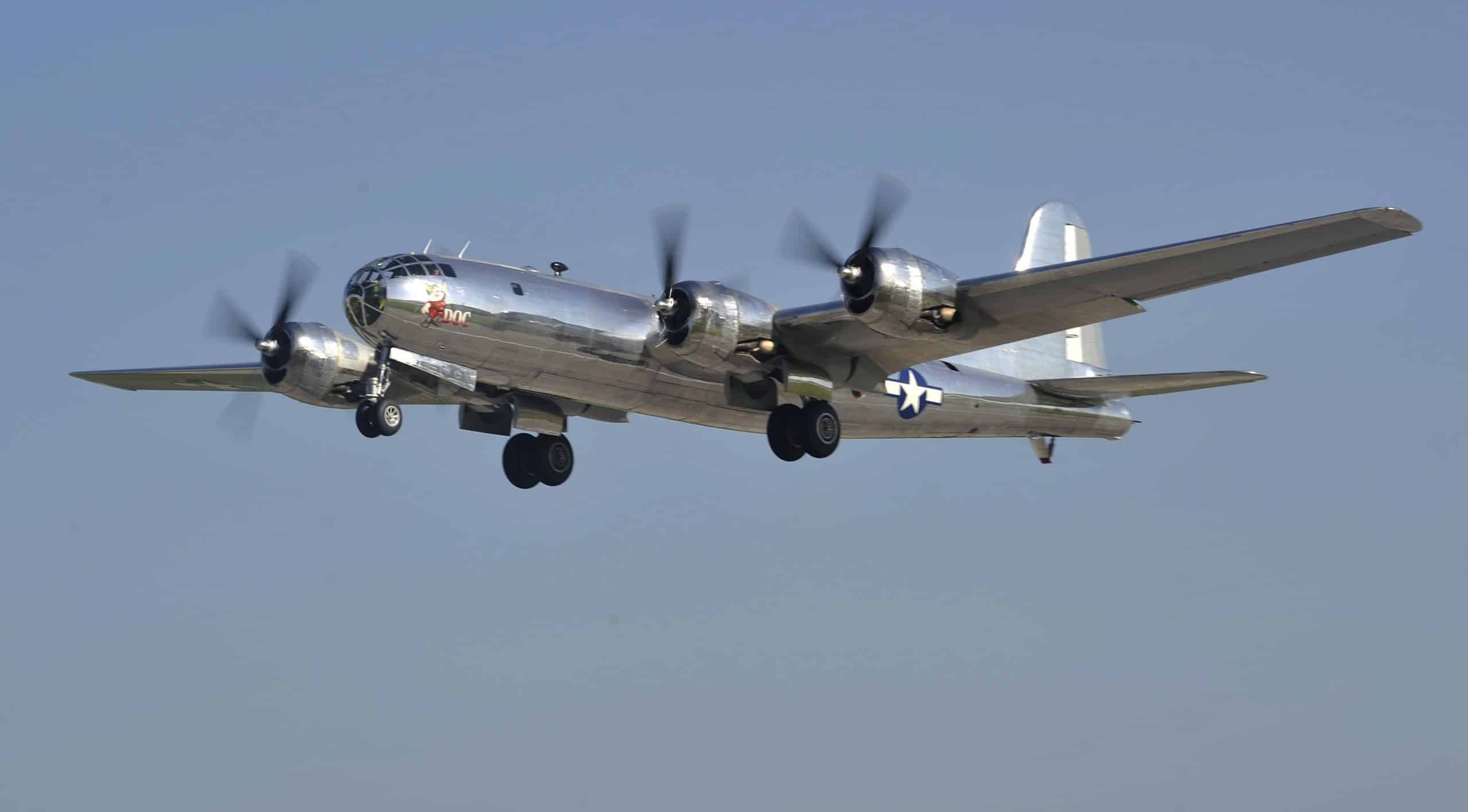
Development
In 1940, Boeing was awarded the contract to build a prototype and work soon began on the XB-29. The development would become one of the most expensive projects in the war, at $3 billion, equivalent to $49 billion today.
Despite its huge price tag, the US Army Air Force ordered 250 B-29s months before it had even taken its first flight.
A Very Big Airplane
What made this super bomber so special is that it was a very big plane – like an upgraded Fortress. The most distinctive feature is its shape. Unlike the B-17 with smooth curves and jutting lines, the B-29 is cylindrical and sleek right down to its flush rivets. This is for a good reason- a circular cockpit was easy to pressurize while a sleek fuselage and long wing enhanced aerodynamics.
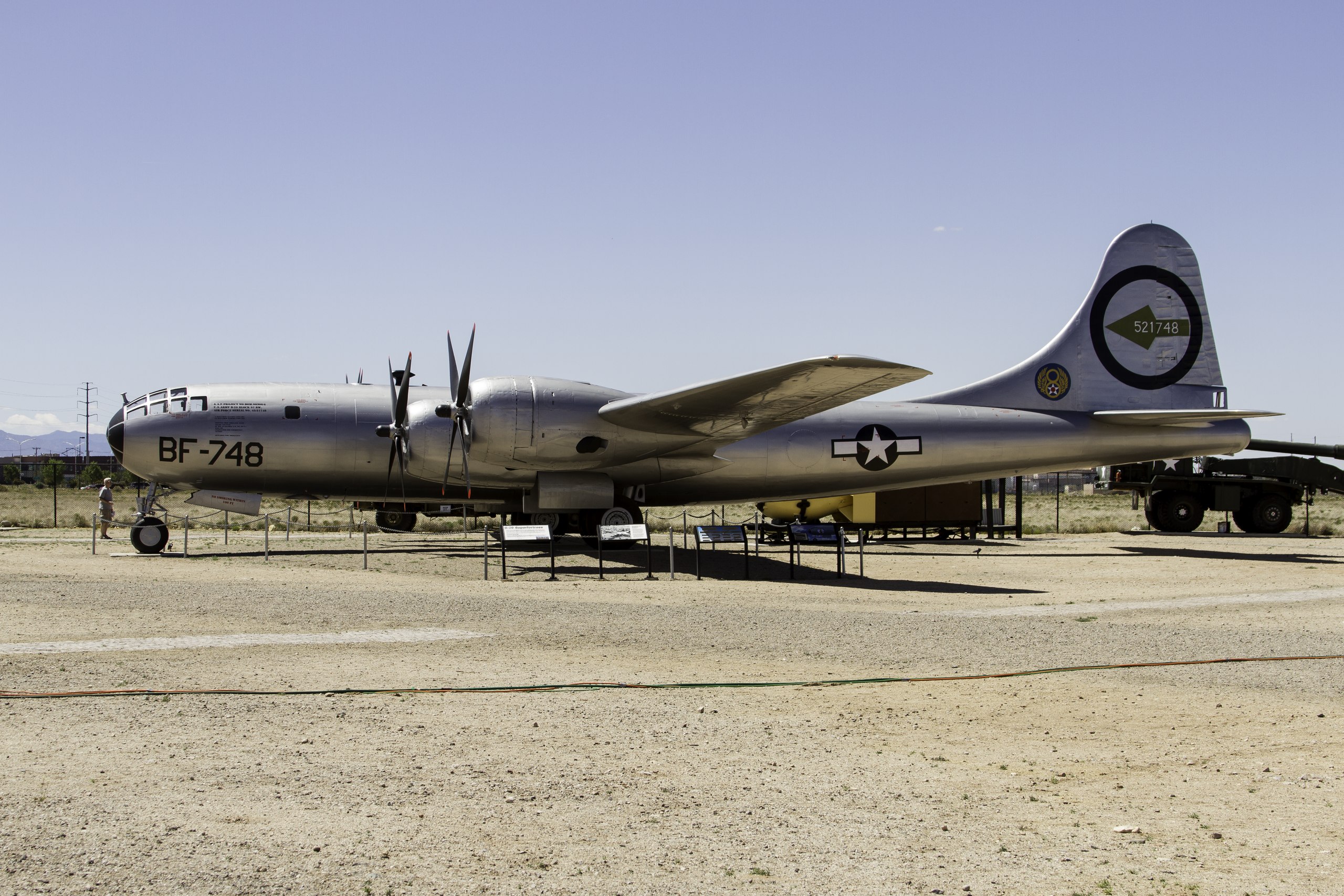
It was also the first bomber to utilize radar as standard equipment proving to be vital in enhancing the accuracy of bombing at night and in heavy cloud cover. Additionally, it was fitted with four right R 3350 Duplex Cyclone radial engines. These supercharged 23,200 HP engines were the most powerful piston engines in production.
Deadly Plane
The most famous B-29s were the Silverplate series, with these planes being modified to carry nuclear weapons. B-29s dropped atomic bombs on Hiroshima making it the only bomber to ever drop nuclear weapons in combat.
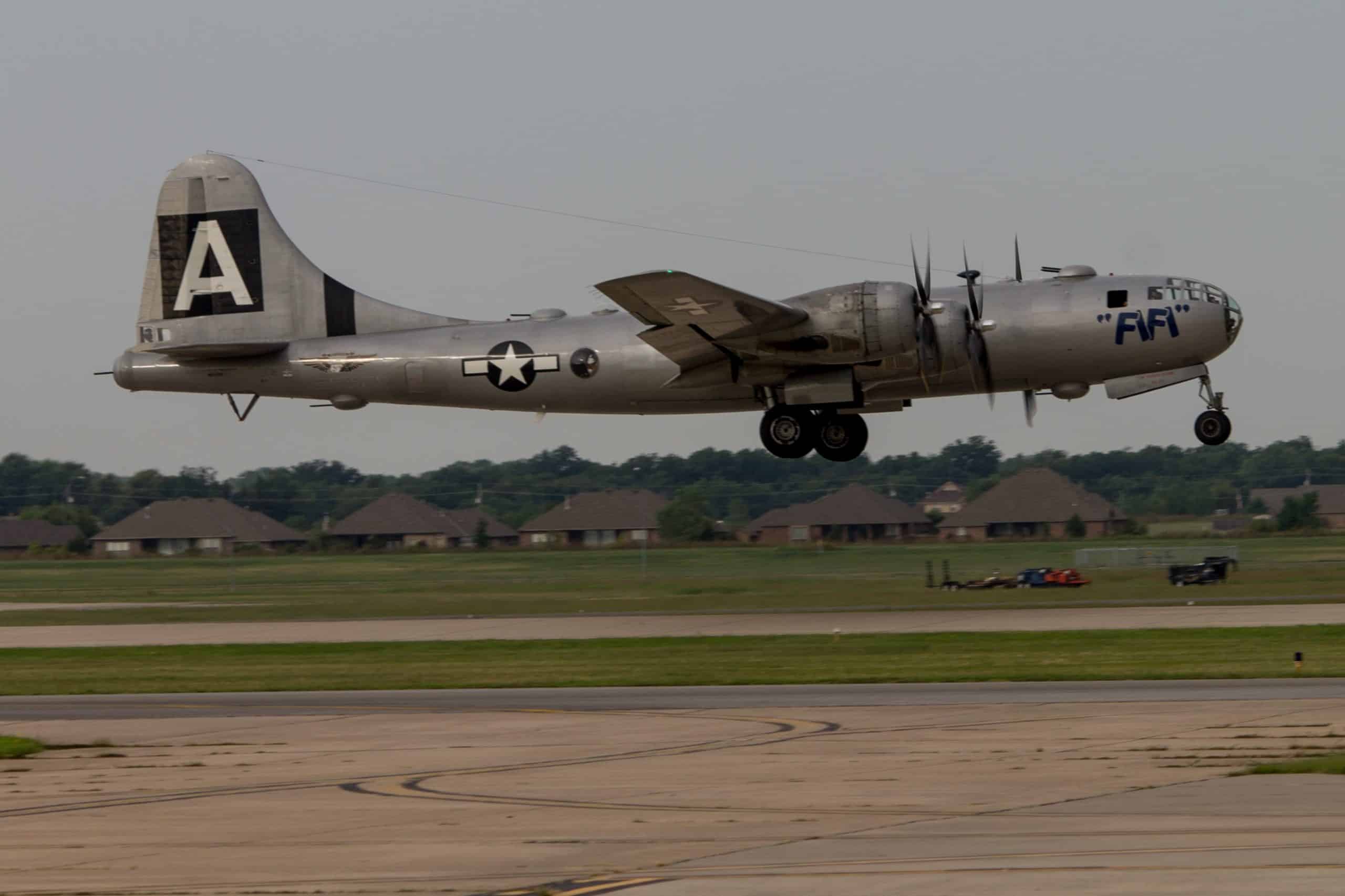
On August 6, 1945, the Enola Gay, a Boeing B-29 Super Fortress bomber, dropped the first bomb, Little Boy, on Hiroshima. This caused unimaginable destruction which ultimately led to Japan’s surrender to the Allies.












